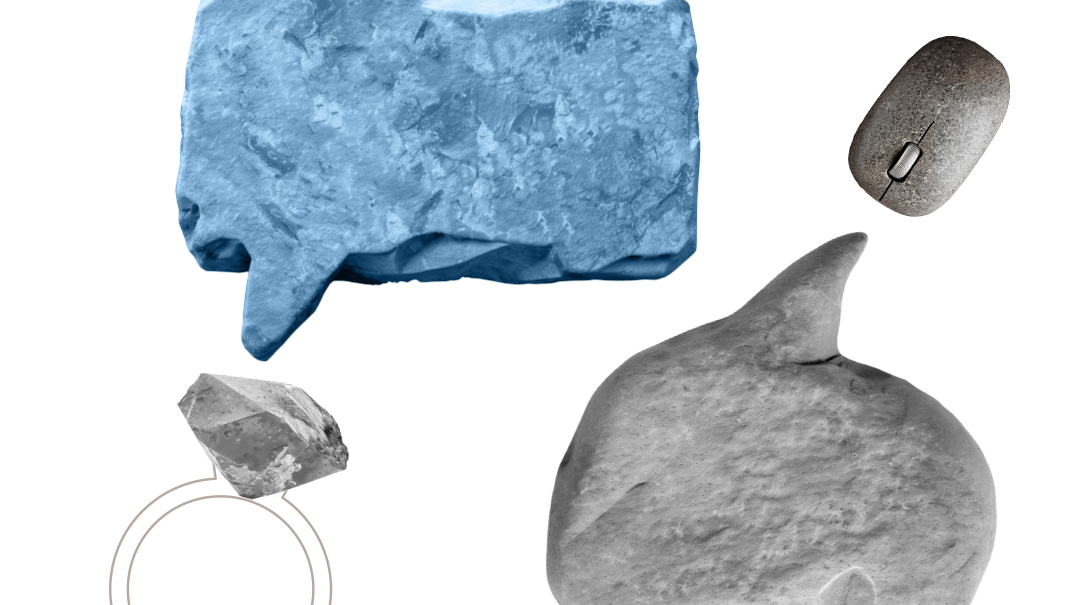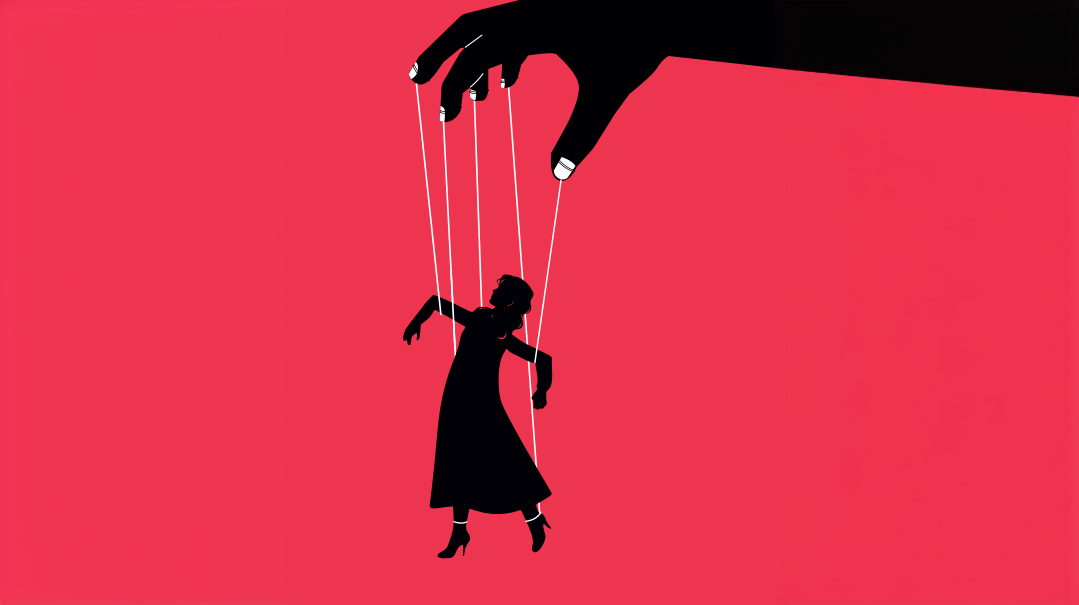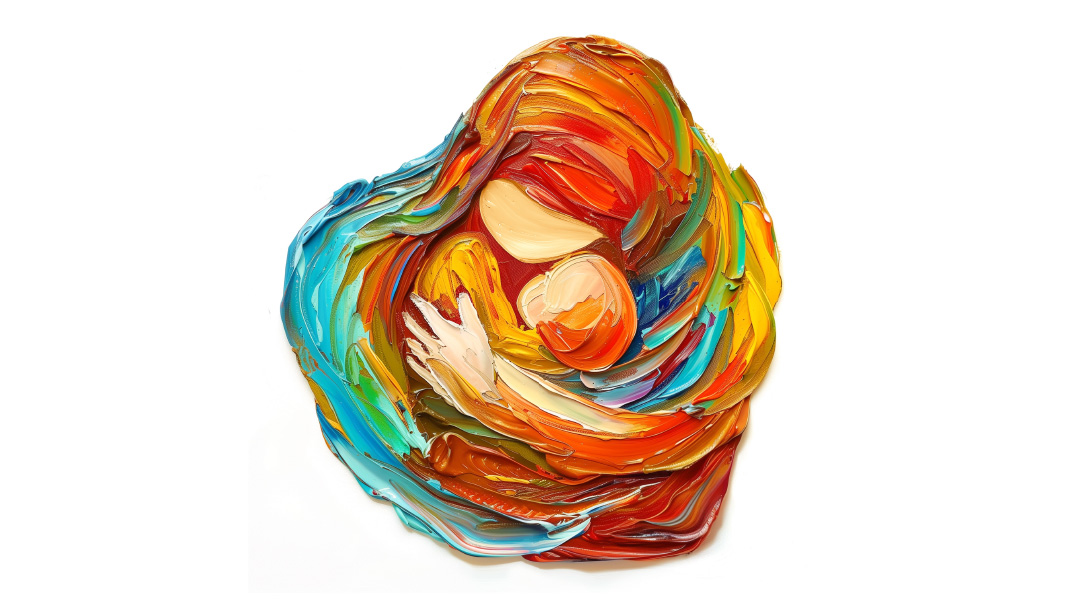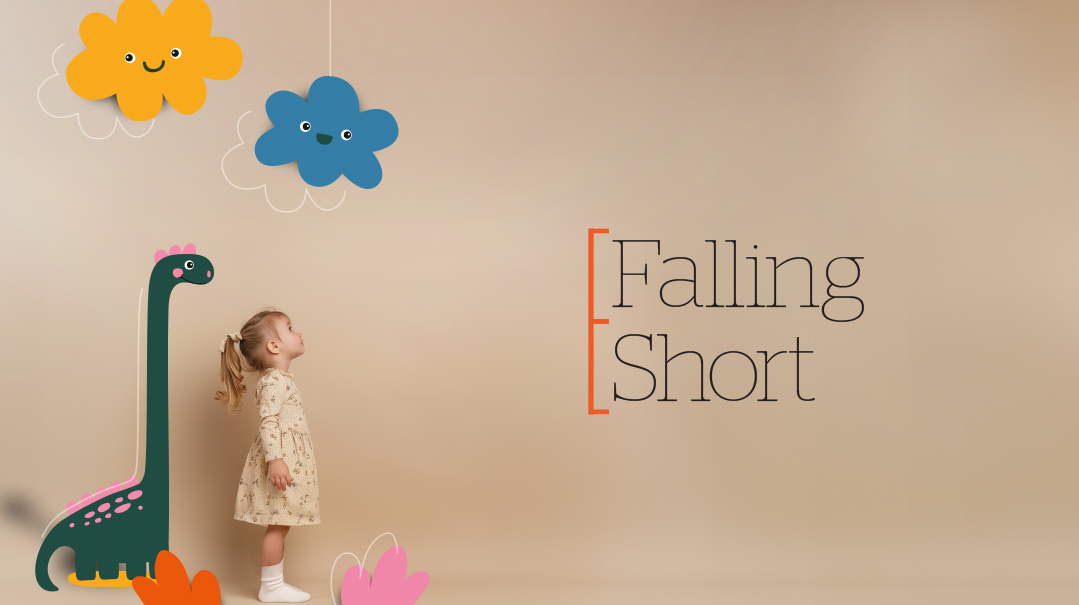Game Plan

A roundup of fun-filled games guaranteed to give everyone a great time and keep them from bouncing off the walls — and each other

Not that it’s ever happened to me, of course, but I’ve heard of mommies whose children get a bit antsy when they’re stuck inside. It must be very hard when it’s pouring buckets, you haven’t left the house in three days, and you’ve done all the projects, and danced to all the Mendy Music you can handle.
But there is a solution. Other than jumping on the couch, I mean. The good folks who manufacture games know of your pain, and they’ve created an array of activities that get your kids off the couch and into action.
Keep in mind that these games are by definition active, so it might be a good idea to stay involved. (Hey, I’m not offering you new kids — just a way to entertain the ones you have.) If you have a wide age range, you may want to invest in multiple options so that the younger contestants don’t need to compete with their bigger, stronger, and faster counterparts.
Twister ($19.99, 6+)
Twister, of course, is a classic. You know the rules: Players move specific body parts to different colored circles, as directed by a spinner. There’s an updated version which adds “the air” and “spinner’s choice” as options. If you let anything other than your hands and feet touch the mat, you’re out. For younger children, I suggest allowing multiple “lives” so they can compete with more coordinated, longer-legged siblings.
The game is silly and challenging for all ages, and the play is controlled enough that players don’t get wild. (No promises that they won’t fight over which part of whose body touched the mat, though). However, it’s more about flexibility than cardio, so if your kids need more intense action, you may want to go in a different direction. It also requires a fair amount of floor space on which to spread the mat.
The Floor is Lava ($24.99, 5+)
The Floor is Lava is an awesome option along similar lines to Twister. It’s based on the classic childhood challenge where you try to get around a room without touching the floor. (This generally involves climbing on furniture, which has diminished its popularity with mothers everywhere.)
The game includes colored tiles that you spread around a room. Players attempt to jump to the correct color tiles without touching the floor. Put the tiles on the furniture too if you’re up for it.
The Floor Is Lava is more flexible than Twister: The setup can be different every time, the distance between tiles can be adjusted based on age range, and it doesn’t require as much open space to play. The tiles are a bit on the small side, and it may take a bit of adjustment to figure out the ideal distance between tiles. It’s also a tad more expensive than Twister, but it’s well worth it!
Scavenger Hunt ($24.99, 6+)
Yeah, yeah, you can make a scavenger hunt on your own. But if you have the time and inclination for that, you probably don’t need this article. Outset Media’s Scavenger Hunt takes no prep, has enough complexity for multiple uses, and is differentiated, to use the fancy educational term, meaning it can be played on all levels.
The full-size game includes indoor, outdoor, child, and adult card decks, so it can be tailored to your environment and family. It can be played in teams or individually.
Players spin a spinner to determine how many item cards to draw, and then two or more teams race to be the first to find all their items. There’s lots of flexibility built into the game — you can agree to discard certain items, different age groups can eliminate different amounts of cards from their lists, and some items can be photographed instead of collected. You can also vary the number of rounds to determine the length of the game.
Scavenger Hunt is available in several variations, so buy the one that works for you. The downside: You may need to pare down the deck to things that actually exist in your world, for example, the outdoor deck assumes that everyone has a camera.
This game is an awesome idea for an extended family party.
I Can Do That! ($19.99, 4+)
For the younger ‘uns, check out I Can Do That! from Wonder Forge. It comes with a variety of silly props and cards, all referencing that quintessential literary masterpiece, The Cat in the Hat.
Pulling one card from each deck creates a challenge: what action to do, which prop to use, and where to put it. So you may find yourself taking four giant steps with the fishbowl on your head or sliding under the trick-a-ma-stick with the boat under your chin. It’s ridiculously cute, even if it does tarnish your aura of sophistication.
This isn’t a competitive game; it’s a smart, silly activity designed to help kids work on gross motor skills and following directions. Stick with the full-size version; the travel deck only includes the fishbowl and isn’t quite as exciting.
Pancake Pile-Up ($17.99, 4+)
For the little ones, Pancake Pile-Up is an adorable relay-style game that can be played individually or in teams. Players race back and forth with pancakes on a spatula to stack them to match an order card.
Cute, fun, and easy, it works kids’ sequencing skills, balance, and coordination. There’s not a lot of variation or flexibility in the rules, though, and it doesn’t appeal much to older kids. Also, be prepared to eat pretend pancakes for a while.
Roll and Play ($19.99, 18 months+)
For the very young, ThinkFun makes a game called Roll and Play, specifically to toddlers. Yeah, I know, a game for babies, who comes up with these ideas, etc., but there’s a reason it has a nearly five-star rating on Amazon.
Kids roll a giant die, find a card in the color they land on, and act it out. Categories include emotions, actions, body parts, animal sounds, colors, and counting. Admittedly, it’s not the most stimulating game for adults, but toddlers love it. You’ll need to be involved, of course, but that just adds to the appeal for your little one.
Twangled ($28.95, 6+)
A game that focuses more on flexibility than aerobics, MindWare’s Twangled is an interesting combination of a team building, exercise, and brain challenge. Four to eight players hold the ends of four colored elastic bands and take turns kicking a spinner. Per the spinner’s instructions, each player climbs over or under a specific colored band — without letting go of the handles.
After two rounds, everyone is sufficiently wrapped in the bands to begin the second stage of the game: Getting untangled. This requires both communication and cooperation (good luck with that), because if everyone moves at once, they’ll be hopelessly stuck.
Twangled is a cooperative game — meaning, it’s not competitive; the team either succeeds or doesn’t. If the thought of winning is the only thing that motivates your kids to play, you’ll probably do better with a different option. And if your family struggles with cooperation, you’ll need to decide if Twangled will be a total disaster or a wonderful way to learn to work together. (I advise bribes if you choose the latter. Pizza encourages perseverance.)
Hop-It Balls
This last idea may not be a game, but think of it as a bonus suggestion: Hop-It Balls are surprisingly affordable and come in a range of sizes. The teeny ones for two and three year olds cost less than $10, and the enormous ones that would fit a teen (or adult) run at around $15.
They are giant balls with handles, so expect to be bopped, and maybe have some rules in place about letting them off the ground. They take up a lot of space, but if you have a bike pump, you can deflate them and save them for those desperately dreary days.
I know, you don’t know how to thank me.
You’re welcome.
(Originally featured in Family First, Issue 653)
Oops! We could not locate your form.













